Table of Content
India’s residential real estate sector, after recording unprecedented growth between FY2022 and FY2024, is entering a phase of moderation. Affordability concerns, driven by steep price hikes over the last three years, are starting to weigh on buyers. According to ICRA, overall housing sales may dip by up to 3% in FY2026, even as the luxury segment continues to defy the broader slowdown. While middle-income and affordable categories are under pressure, demand for luxury homes remains robust, with its share of sales climbing steadily.
This dual reality highlights how rising prices and affordability constraints are reshaping buyer preferences in India’s top seven cities.
Affordability Concerns & Sales Outlook
The most significant headwind for the housing market is the rise in prices. Between FY2023 and FY2025, average selling prices (ASP) of residential units rose nearly 10% annually. FY2025 alone saw a steep 16% jump in ASP, with another 6–8% rise projected for FY2026.
This relentless increase is eroding affordability, particularly for first-time and mid-income buyers. ICRA expects this to result in a housing sales dip of 0–3% across the top seven cities in FY2026. In FY2025, sales already slowed, with total area sold declining by 8% to 643 million square feet.
This moderation comes after the sector witnessed strong momentum, growing at a compound annual growth rate (CAGR) of 26% between FY2022 and FY2024. The market is now stabilizing, entering a more balanced growth trajectory.
Also Read: India’s Real Estate Sector May Reach $5–10 Trillion by 2047, REIT Share Projected at 50%
Launches and Inventory Levels
New launches also reflect this cautious stance. In FY2025, launches declined 14%, mainly in the affordable and mid-income categories. For FY2026, however, ICRA projects a modest rebound, with launches expected to grow by 4–7% to reach 630–650 million square feet.
Developers are carefully calibrating supply to match demand, ensuring inventory levels remain under control. The Years-to-Sell (YTS) ratio, a key metric that indicates the time needed to clear unsold inventory is estimated to remain healthy at 1.0–1.1 times by March 2026. This suggests that despite the slowdown, the sector is not facing oversupply pressures.
The calibrated approach is designed to prevent a deeper housing sales dip, ensuring that developers retain pricing power and market stability.
Luxury Segment Bucks the Trend
While affordability concerns weigh on the broader market, luxury housing continues to thrive. In FY2025, sales in the luxury segment rose by 6%, even as affordable housing sales fell 14% and mid-income housing declined 10%.
The trend extended into Q1 FY2026, where luxury’s share of total housing sales increased to 34%, compared to 30% in FY2024.
Several factors explain this divergence:
- Consolidation among reputed developers has boosted buyer confidence in premium projects.
- Lifestyle shifts post-pandemic have increased demand for larger, more spacious homes.
- Affluent buyers are less impacted by rising interest rates or affordability concerns, making luxury demand more resilient.
This segment’s growth is insulating the overall market from a sharper housing sales dip.
Policy Reforms and Industry Consolidation
Policy measures like the Real Estate Regulatory Authority (RERA) and the Goods and Services Tax (GST) have brought structural changes to the sector. While these reforms enhanced transparency and accountability, they also forced weaker players to exit.
This has accelerated consolidation in the market, shifting sales in favor of stronger, listed developers. According to ICRA, the share of leading developers in total sales value rose to 20% in FY2025, up from 13.1% in FY2020.
Buyers increasingly prefer reputed developers with a strong track record of delivery, especially during the under-construction phase. This shift is not only shaping buyer behavior but also reducing the risks associated with project delays and defaults.
The consolidation trend is expected to continue, even as the broader market adjusts to a housing sales dip in the near term.
Financial Health of Developers
One of the notable strengths of the sector is the improved financial health of top developers. Over the last two to three years, many leading players have substantially reduced debt, supported by robust sales, healthy collections, and strong operating cash flows.
While a moderate uptick in debt is expected in FY2026 to fund new launches and construction activity, overall leverage levels are projected to remain comfortable. This is largely due to:
- Steady inflows from committed receivables.
- Strong collection efficiency.
- Ongoing construction progress.
Financial stability among leading developers ensures that the sector remains resilient, even as a housing sales dip plays out in certain categories.
Also Read: GST Rate Cuts: CREDAI Assures Cost Savings for Buyers, Bigger Impact in Tier-2 Cities
Outlook for FY2026 and Beyond
Looking ahead, ICRA forecasts that FY2026 will likely witness a housing sales dip of up to 3% in India’s top seven cities, largely concentrated in the affordable and mid-income segments. However, the luxury market is expected to continue outperforming, driven by demand for premium living spaces.
Industry consolidation will likely accelerate, with prominent listed developers outperforming smaller peers. Despite affordability challenges, the overall outlook for the sector remains stable. Policy support, changing consumer behavior, and long-term urbanization trends are expected to sustain demand in premium categories.
Over the medium to long term, India’s residential real estate sector remains poised for steady growth, even as the market temporarily cools.
Conclusion
The Indian housing market is undergoing a phase of adjustment. On one hand, affordability challenges are leading to a modest housing sales dip, especially in the affordable and mid-income categories. On the other, luxury housing continues to buck the trend, gaining a larger share of the market.
Policy reforms, industry consolidation, and the financial strength of leading developers are helping stabilize the sector. While FY2026 may see a slowdown, the long-term outlook remains stable and growth-oriented, with luxury real estate emerging as the biggest beneficiary of shifting buyer preferences.

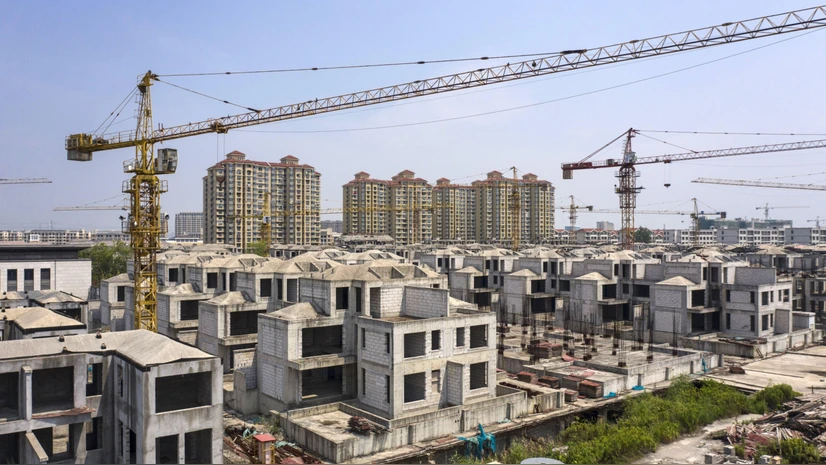

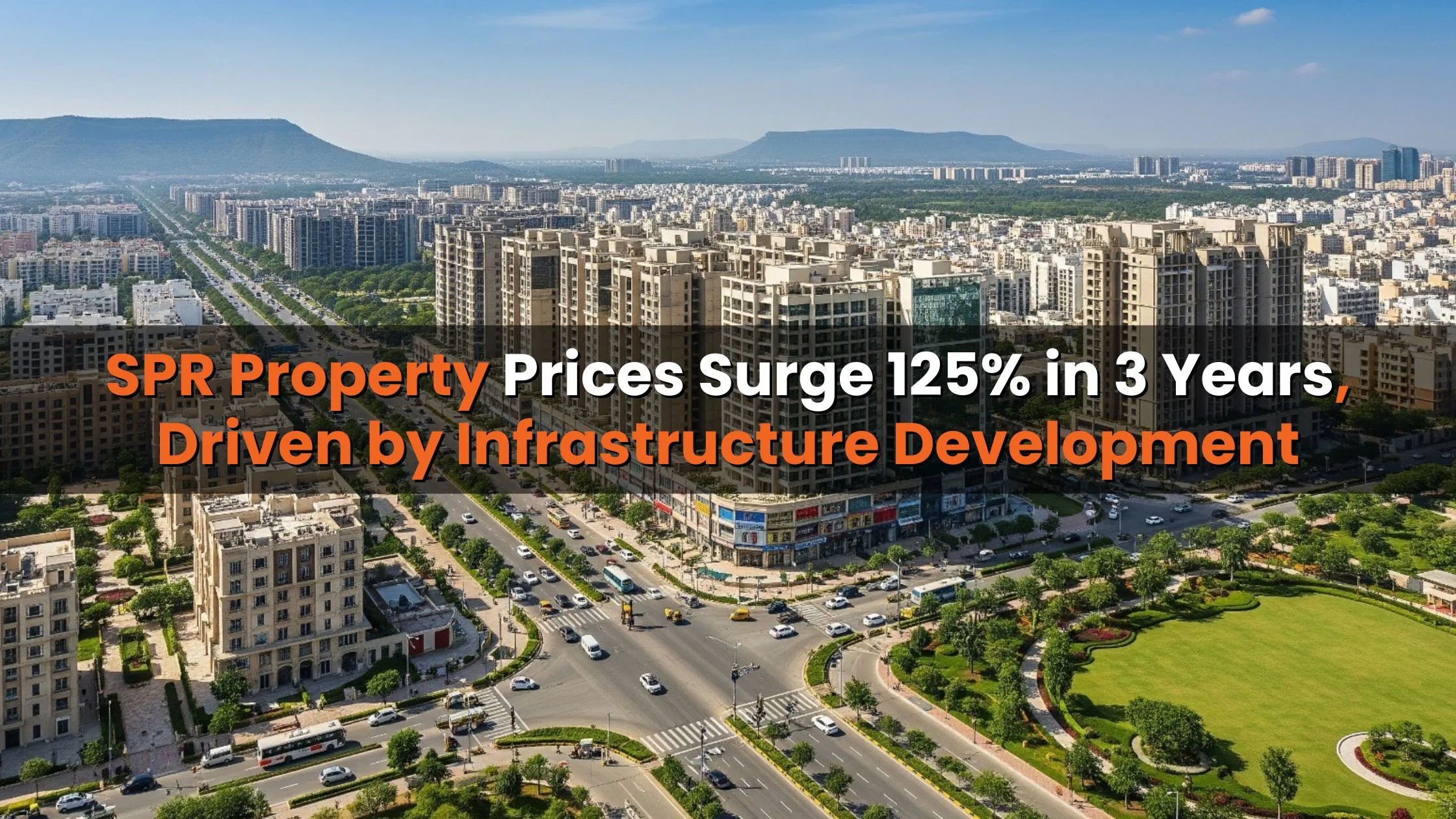
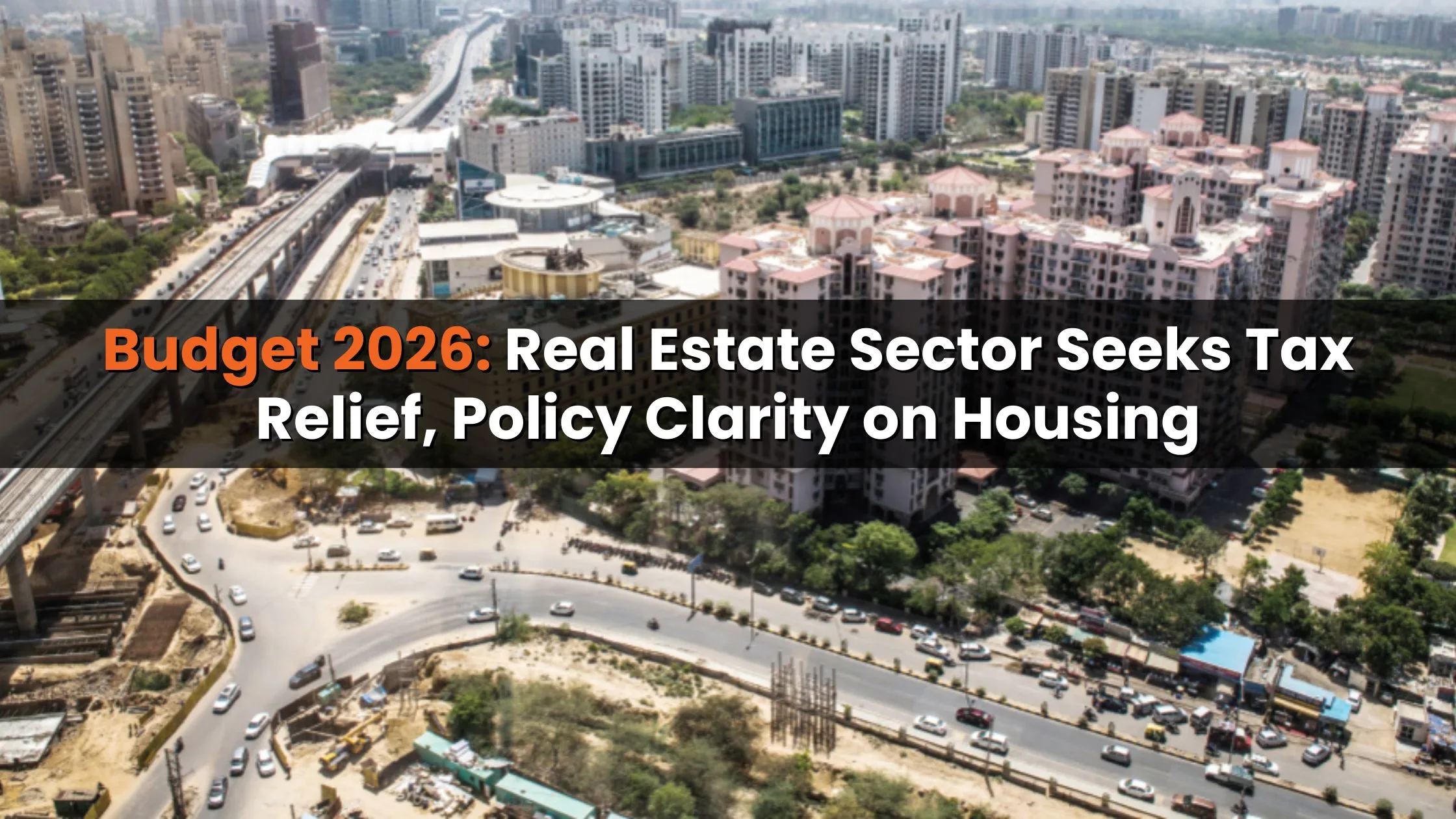

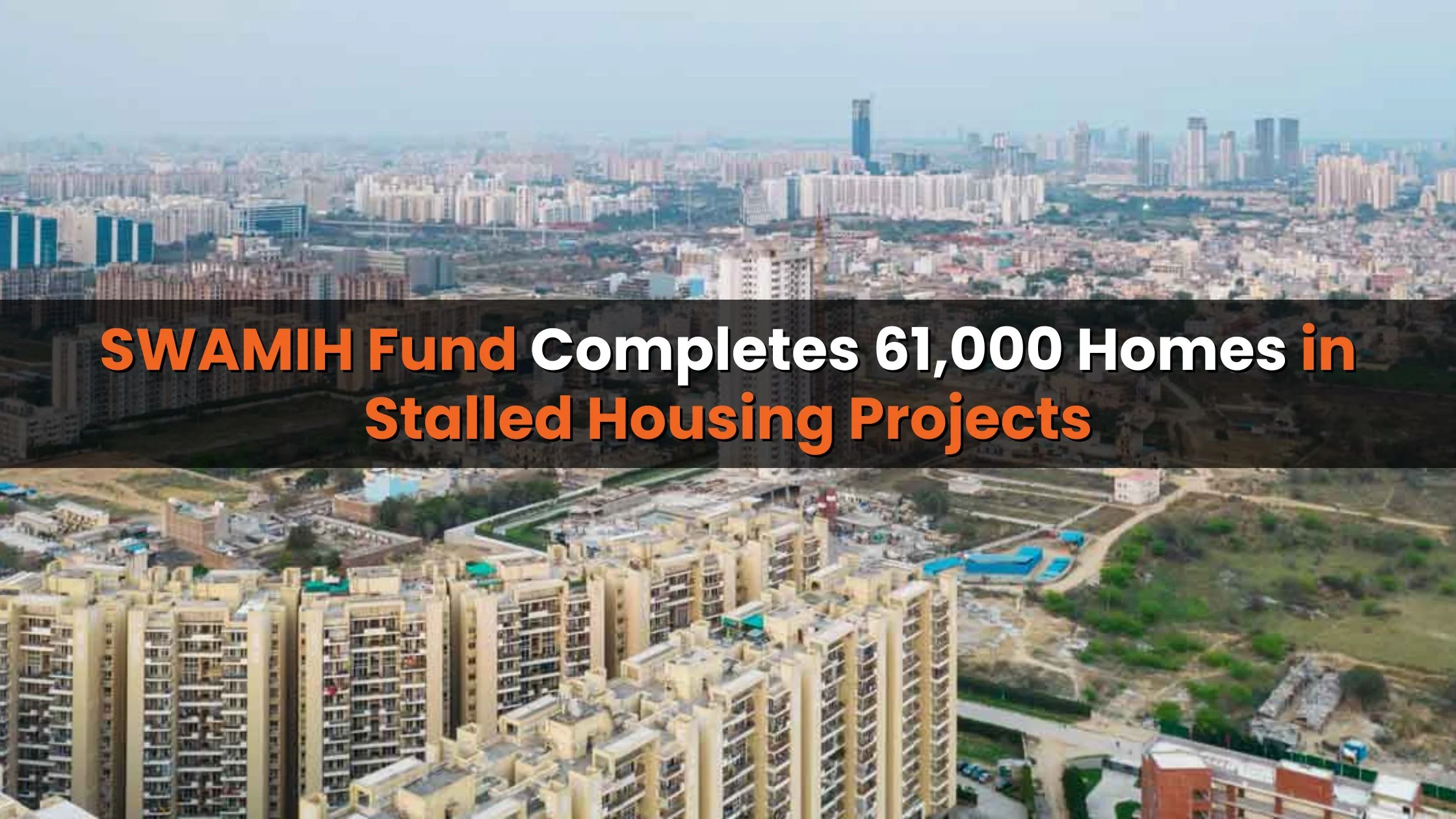

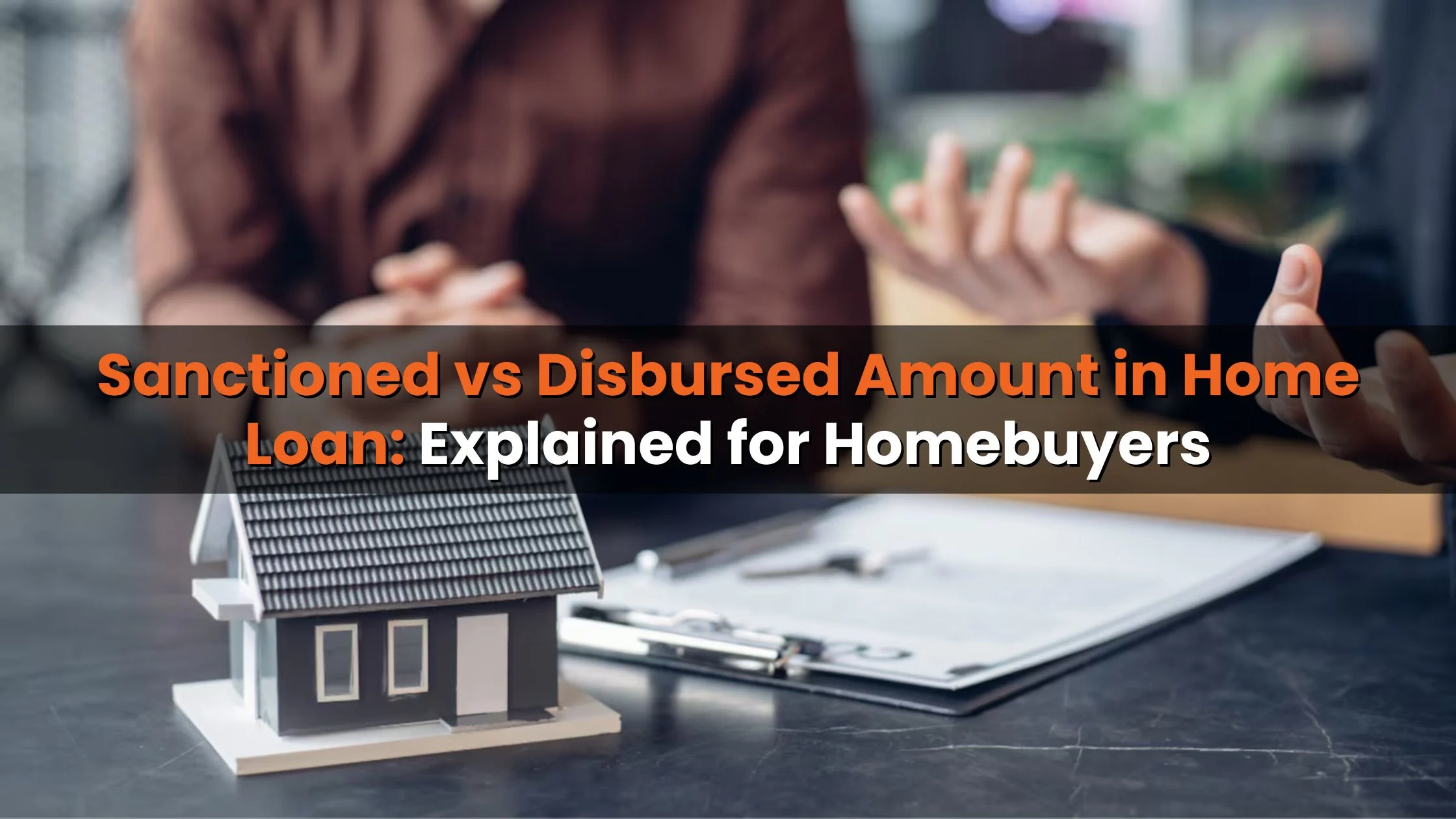
Ans 1. Housing sales may dip by up to 3% in FY2026 mainly because rising property prices over the last three years have reduced affordability, especially for first-time and mid-income buyers.
Ans 2. The affordable and mid-income segments are under the most pressure, as price hikes and higher EMIs have made homes less accessible for middle-class buyers.
Ans 3. Luxury housing continues to thrive, with sales rising even as other segments slow down, as affluent buyers are less sensitive to price hikes and interest rate changes.
Ans 4. Between FY2023 and FY2025, housing prices rose by around 10% annually, with FY2025 alone recording a sharp 16% jump.
Ans 5. After a decline in FY2025, new launches are projected to grow modestly by 4–7% in FY2026, as developers cautiously align supply with demand.
Ans 6. The YTS ratio indicates how long it would take to clear unsold housing inventory, and it is expected to stay healthy at 1.0–1.1 times, showing there is no oversupply risk.
Ans 7. Post-pandemic lifestyle changes, demand for bigger homes, and stronger trust in reputed developers have pushed luxury housing to claim a growing share of total sales.
Ans 8. Reforms like RERA and GST have increased transparency, reduced delays, and encouraged consolidation, giving reputed developers a stronger foothold in the market.
Ans 9. Top developers have improved their financial health by reducing debt and maintaining strong cash flows, which gives them resilience even during a slowdown.
Ans 10. Despite a short-term slowdown in affordable and mid-income sales, the overall sector outlook is stable, with luxury real estate expected to drive long-term growth.